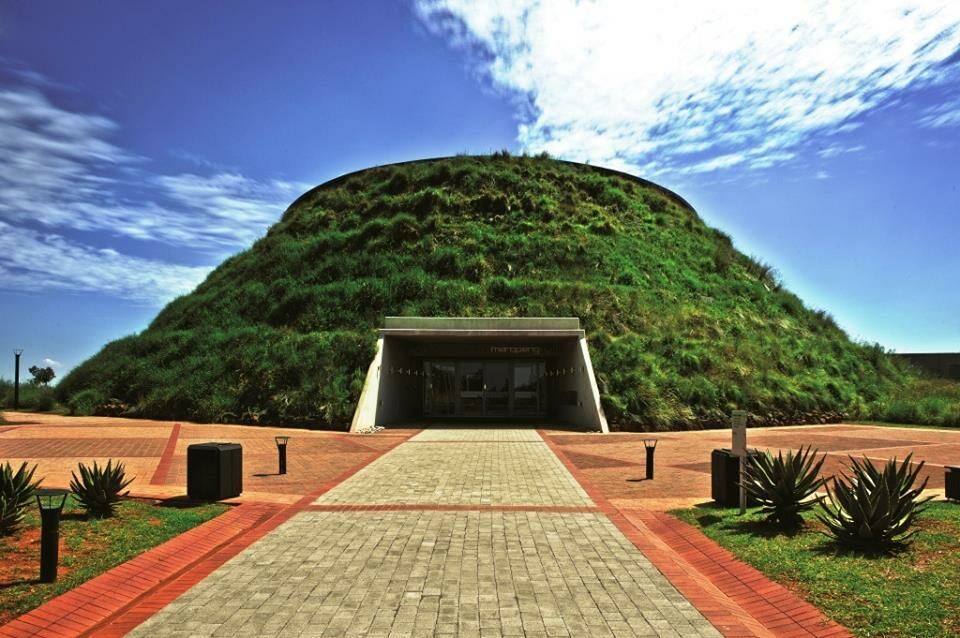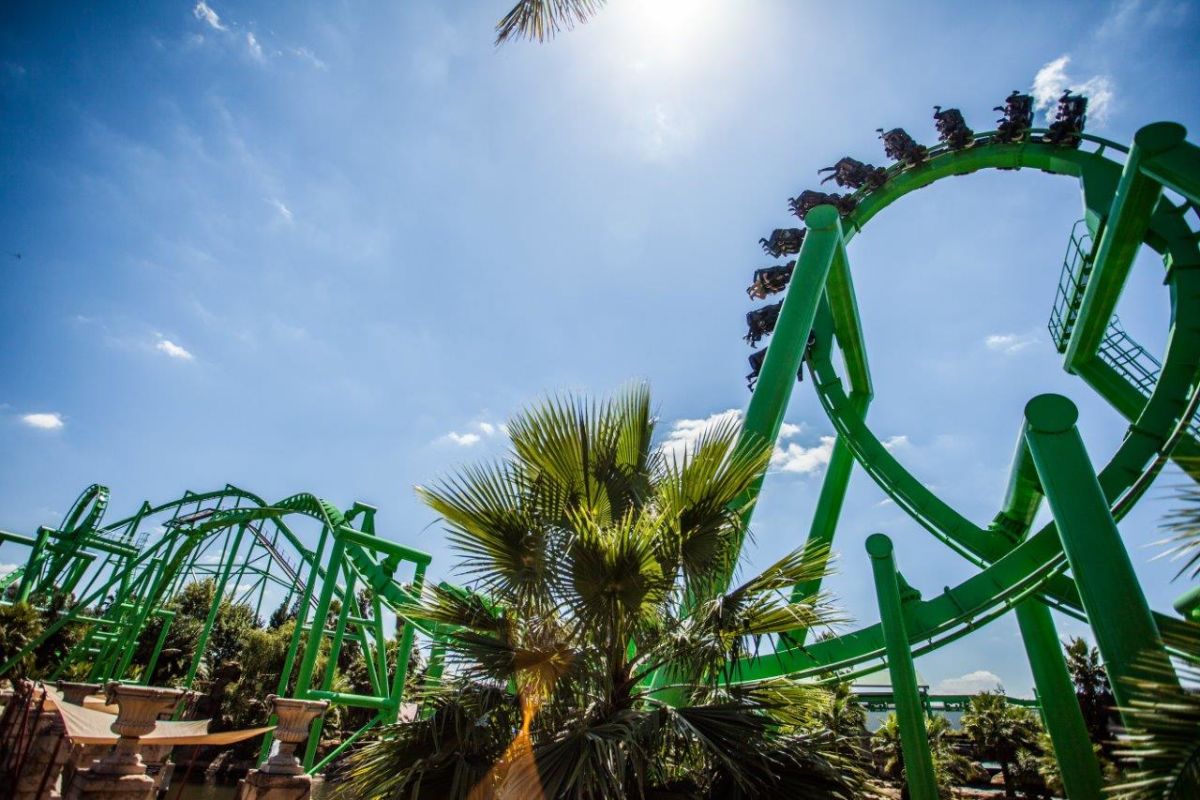The Main Principles Of Johannesburg North Attractions
The Main Principles Of Johannesburg North Attractions
Blog Article
Rumored Buzz on Johannesburg North Attractions
Table of Contents7 Easy Facts About Johannesburg North Attractions ShownJohannesburg North Attractions Things To Know Before You Get ThisSome Known Questions About Johannesburg North Attractions.Johannesburg North Attractions Can Be Fun For EveryoneThe Johannesburg North Attractions StatementsThings about Johannesburg North Attractions
The city expanded on the side of the Witwatersrand Key Reef, a subterranean stratum of gold-bearing quartz-silica conglomerate that arcs for hundreds of miles underneath the Highveld - Johannesburg North attractions. Most of the gold mines in the city discontinued procedure in the 1970s, but in its day the Witwatersrand gold industry accounted for even more than 40 percent of the world's yearly gold manufacturing.Johannesburg has a temperate climate. Summertime temperature levels balance concerning 75 F (24 C); winter season temperature levels balance concerning 55 F (13 C) and just periodically dip listed below cold. The city enjoys about 8 hours of sunshine per day in both winter and summer. Rainfall standards concerning 28 inches (700 millimetres) per year, yet the complete differs substantially from year to year.
What rain the city gets drops virtually solely in the summertime months, commonly in amazing late-afternoon electrical storms., where many residents still rely on coal for fuel.

The Ultimate Guide To Johannesburg North Attractions
The equilibrium of the city is occupied by whites. Lodging differs in personality and quality.
Physical growth, although somewhat restricted by transportation, proceeded swiftly as migration to South Africa, and Johannesburg in specific, increased considerably. This trouble was fixed in the 1930s when the vehicle was introduced in mass production to South Africa. Automobiles were, for the a lot of part, confined to the rich, and allowed them to relocate to the north of the city and commute into the centre.
Many inadequate suburbs were combined, with inadequate blacks and whites living together, although the rich residential areas were usually scheduled for whites. This changed with the election of the National Celebration in the 1948 elections, who began to formalise the system called discrimination. Discrimination formally designated which suburban areas each race might reside in under the Team Areas Act.
The previous system of eleven numbered regions was reorganised in 2006. Marshalltown, as seen from the top of the Carlton Centre. The M1 and M2 run behind the buildings, and the southern suburbs prolong past the highway boundary. The central city of Johannesburg lies within the city's Region F. The number of people living in the inner city on a casual basis is unidentified, as many are prohibited immigrants. The joblessness, education and learning, and age accounts of the area are all unidentified, due to the difficulty of getting trusted details regarding the area.
Not known Facts About Johannesburg North Attractions
Yeoville and Bellevue have a mix of apartment buildings and single residential systems on tiny great deals. The area lies on a hilly divide that runs from east to west. One of the most obvious geographical feature is Observatory Ridge, which is called for the large observatory situated on it. The leisure spaces are no much longer utilized, because of security issues.

Johannesburg Stadium, a training ground for both the Golden Lions and Orlando Pirates, is adjacent. The eastern suburbs of Johannesburg are located in the city's 7th [] and 9th [] regions. The location is additionally functionally integrated with East Rand boundary communities outside of the main border of Johannesburg, such as Bedfordview and Edenvale (both component of Ekurhuleni Metropolitan Town).
Johannesburg North Attractions Can Be Fun For Anyone
The eastern suburban areas are some of the earliest locations of Johannesburg, there are huge communities of Jewish and other European histories, the majority of the populace is English talking. There are 3 golf programs as well as a number of safeguarded ridges with viewsites.
The area is mostly composed of old "matchbox" homes, or four-room houses developed by the federal government, that were constructed to provide cheap lodging for black workers during discrimination. Soweto is an abbreviation, representing "South Western Townships". Road after road around is lined with matchboxes; nonetheless, there are a couple of smaller sized locations where thriving Sowetans have actually built houses that are much more comparable in stature with those in more wealthy residential areas.
Hostels are another popular physical function of Soweto. Originally built to house male migrant workers, numerous have actually been boosted as residences for pairs and households. The N1 Western Bypass skirts the eastern border of Soweto. The residential area was not historically allowed to create employment centres within the area, so almost all of its citizens are commuters to various other components of the city.
Our Johannesburg North Attractions Ideas
The N1 Western Bypass attaches the north residential areas with their explanation the north-western residential areas. The houses in the northern suburban areas are mostly formal, without considerable areas of casual real estate, or real estate that lacks a permanent structure. Although this is a recognized location, there is a trend of land use change from property to commercial, especially along main arterial roadways and around well-known nodes.
Roads to the east and west are much less well created, as there Read More Here are no highways taking a trip in that direction. Towards the north boundary of the city, the thickness of growth reduces, leaving large locations of primitive land around Midrand.
Johannesburg North Attractions Can Be Fun For Anyone
The very first suburban area to the north of the have a peek at this website internal city is Parktown, which lies on a hillside overlooking the central city and Hillbrow. It has lots of well-off homeowners and Edwardian-design estates, along with the Education and Medical universities of the College of the Witwatersrand. The large concrete Charlotte Maxeke Johannesburg Academic Medical Facility controls the horizon of Parktown.
Report this page